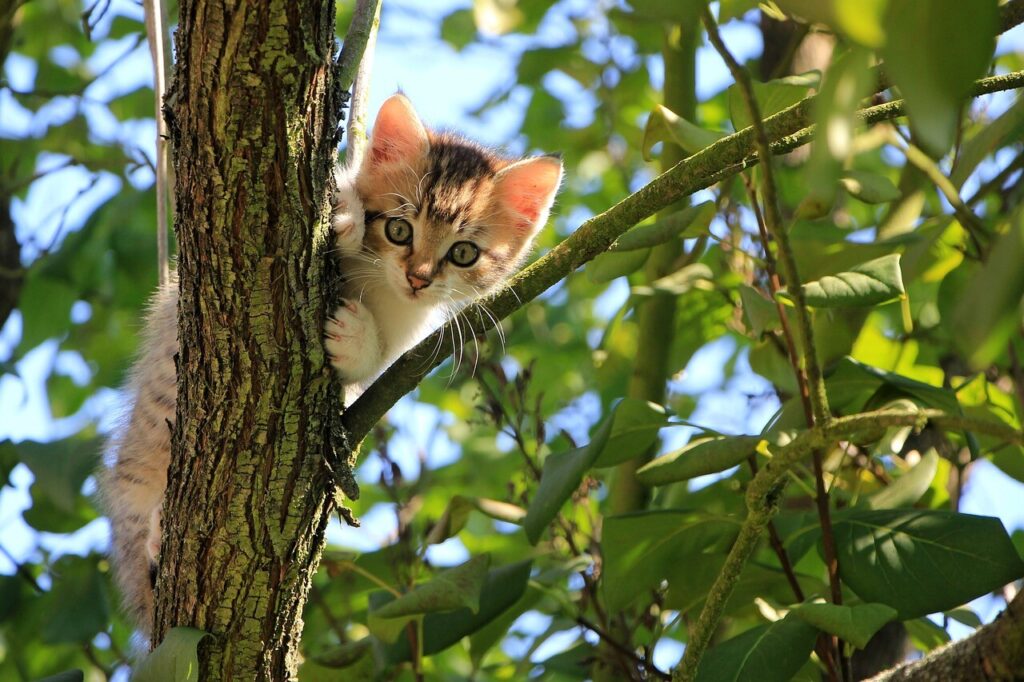First of all, good god do I hope you’re reading this article out of intellectual curiosity. If you found it through frustrated Googling after dropping a cat off a high-rise and watching them skitter away unscathed, thinking, “Drat! All my plans, for naught!” you’re a very bad person. I urge you to seek help, and residency in a glass room before you’re to hurt anything else. Even if you’re a kind and normal person, you’ve probably read stories about cats falling from great heights only to stick the landing with remarkable ease. Living in a modern world, we know there must be some sort of scientific explanation, and that it’s not just because cats are unkillable furry demons.
And there most definitely is. Essentially, before cats were mewling treat vacuums whose most frequently conquered prey was whatever the most important cable in your house is, they were real, honest-to-god animals. Animals that spent significant portions of their lives in trees, like we still see with great cats like the jaguar. Given that, if you live in trees, you’re more likely than not occasionally going to travel to the ground unwillingly, cats developed protective measures to make sure they didn’t shatter like the vases they now regularly destroy when the came back down to earth.
This gives them a few advantages, according to a biomechanist (which, yes, does sound like a back-alley body hacker from a cyberpunk book) interviewed by the BBC. The first is that cats, like other tree-loving animals, have an “aerial righting reflex” — i.e., they have an unusually good sense of which way is down, even when hurtling in that direction at high speeds. This helps them not land on their head, which is a famously poor shock-absorber. Instead, they can twist their bodies in the air so that they can land on their feet and give themselves a fighting chance at keeping their important viscera inside their thorax upon touch down. Why we didn’t manage to inherit this from our monkey ancestors isn’t covered.
The second thing helping cats out is that they have a relatively low terminal velocity compared to other animals. Air resistance, that same thing that, when removed, gives us the famous “a feather and bowling ball dropping at the same speed” videos, gives cats a serious speed break. This is because, especially when spread-eagled like a little kitty parachute, cats have a high amount of surface area versus their weight. A cat’s terminal velocity is around 60 mph, which really feels like a thing an evil person would say. Meanwhile, us clumsy, dense, smooth apes can hit up to double that at 120 mph.
The last advantage cats have is the orientation of their legs, which are angled under their body, carrying the force away from their most crucial bits. It’s why landing on their feet is vastly more of an advantage, versus a human who manages to land on their dumb little flesh towers that will promptly fire a remarkable amount of force directly up into their operational bits — oh, and probably shatter at the same time.

